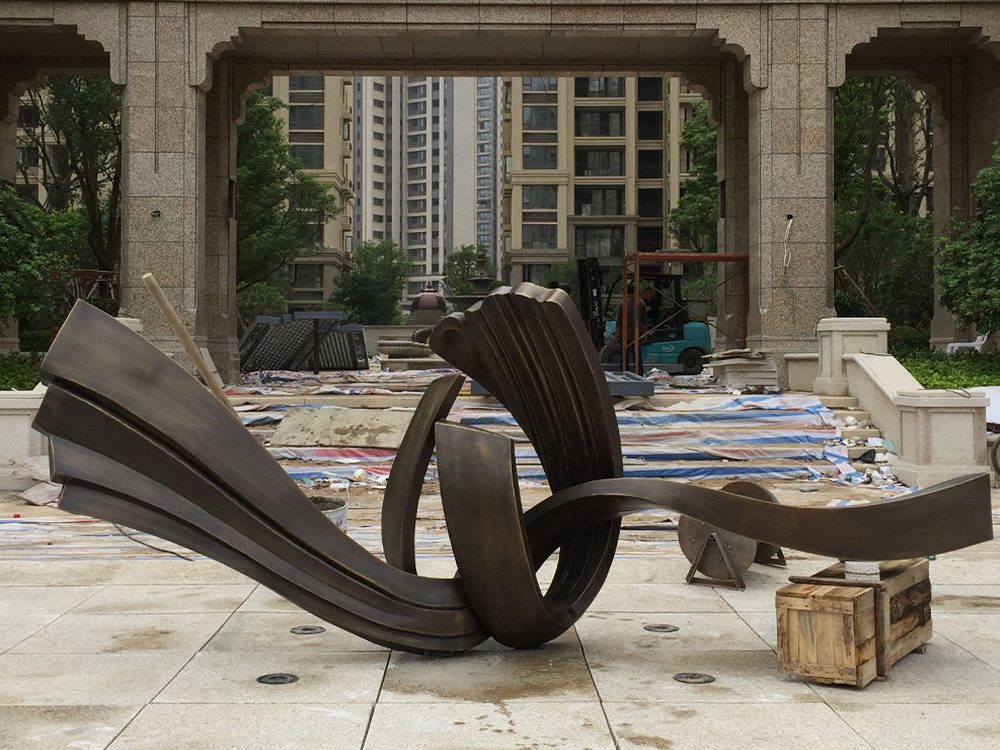
Artists masterfully craft a sense of rhythm in irregular stone configurations by employing principles of balance, repetition, and visual flow. Unlike uniform patterns, irregular stones demand a nuanced approach where spacing and alignment become key tools. By varying the size, shape, and orientation of stones, artists create dynamic tension that guides the viewer's eye across the composition.
One technique involves grouping stones in clusters, alternating between dense and sparse areas to mimic natural rhythms found in landscapes. The careful placement of larger "anchor" stones provides stability, while smaller stones introduce movement. Negative space plays a crucial role too—strategic gaps between stones create pauses that enhance the overall tempo.
Texture and color gradients also contribute to rhythmic effects. Artists may arrange stones along an implied curve or use contrasting surfaces to create visual cadence. The interplay of light and shadow across uneven surfaces further amplifies this effect, making static arrangements feel alive with energy.
Ultimately, the artistry lies in transforming randomness into intentional harmony, where each stone's irregularity becomes part of a greater visual melody. This approach reflects both ancient traditions like Japanese rock gardens and contemporary land art movements.

